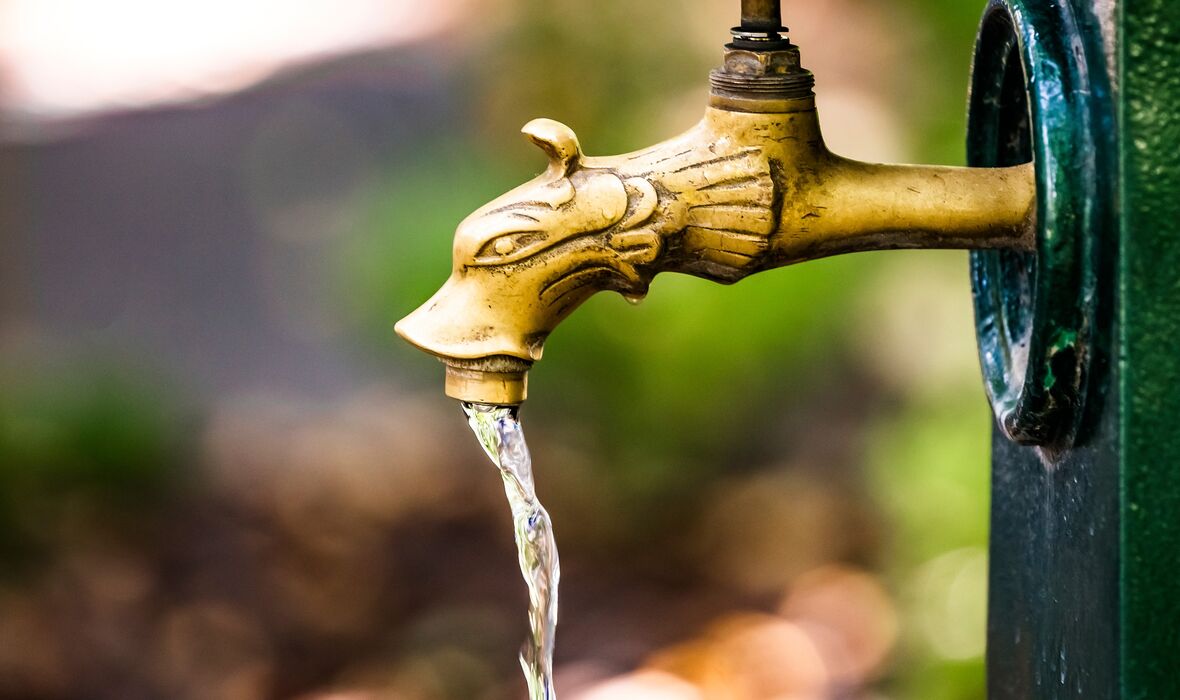If you’re new to RVing, the idea of hooking up your sewer hose might be the most intimidating part of setting up camp—but don’t worry! Once you understand the steps and follow some basic hygiene and safety tips, it becomes just another simple part of RV life.
This Sewer 101 guide will help you get comfortable and confident with sewer hookups, so you can keep your RV adventures running smoothly (and cleanly).
The Basics of RV Sewer Hookups
Your RV has two types of wastewater tanks:
- Black Tank: Holds waste from your toilet.
- Gray Tank: Holds wastewater from sinks and showers.
The goal is to connect your RV to the campground’s sewer inlet safely and efficiently so you can empty these tanks without spills or messes.
Must-Have Sewer Gear
Before you get started, make sure you have the following essential equipment.
1. Quality Sewer Hose
- A sturdy, expandable hose (typically 15–20 feet long).
- Recommended: Camco RhinoFLEX Sewer Hose Kit.
2. Sewer Hose Support
- Keeps your hose elevated for good drainage (helps with gravity flow).
- Recommended: Camco Sidewinder Support.
3. Sewer Fitting/Adapter
- Often a multi-size elbow that fits different sewer inlets.
4. Gloves
- Heavy-duty disposable gloves or reusable rubber gloves.
- Recommended: GloveWorks HD Orange Nitrile Gloves.
5. Dedicated Storage Bin
- Keep your sewer equipment separate from everything else to avoid contamination.
Optional but Useful:
- Clear Elbow Adapter: Helps you see when tanks are fully flushed.
- Hose Rinse Cap: Keeps the hose sealed during storage.
Step-by-Step: Hooking Up Your RV Sewer Hose
1. Glove Up and Get Ready
Always start by putting on gloves to protect yourself from bacteria and keep things sanitary.
2. Remove the RV Sewer Cap
At your RV’s sewer outlet (often located low on the driver's side), twist off the cap covering the sewer pipe.
3. Connect the Sewer Hose to Your RV
Attach the RV end of your sewer hose by lining up the bayonet-style fitting. Push it in and twist until it locks snugly in place.
4. Run the Hose to the Sewer Inlet
Extend your hose to the campground’s sewer connection. Place your hose support underneath if needed to ensure a downward slope for good drainage.
5. Connect to the Sewer Inlet
Use your sewer elbow/fitting to connect the hose securely to the sewer inlet. Make sure it’s sealed tight so it won’t pop out when you open the valves. If the sewer connection seems loose, some campgrounds require a donut seal or threaded fitting for a tight, odor-proof connection.
How to Dump Your RV Tanks
1. Black Tank First:
- Pull the black tank valve (usually the larger handle).
- Let it drain fully—listen for the flow to slow to a trickle.
2. Flush If Available:
- Some RVs have a black tank flush inlet. Use a separate (non-potable) garden hose to rinse the tank.
- Keep the black valve open while flushing to prevent backflow.
3. Gray Tank Second:
- Once the black tank is empty, pull the gray tank valve.
- The soapy water will help clean out the sewer hose.
Cleaning Up
- After dumping, rinse the hose with clean water if a rinse spigot is available.
- Disconnect the sewer hose, starting at the campground side first, then the RV side.
- Let any remaining water drain out before capping both ends of your hose.
- Store everything in your dedicated bin and dispose of your gloves.
Pro Tips for First-Timers
- Always Keep Valves Closed Until Dumping: Leaving your black tank valve open constantly can lead to clogs (known as the “poo pyramid”). Only open when you’re ready to dump.
- Use RV-Safe Tank Treatments: Help control odors and break down waste with RV-specific tank treatments.
- Know Your Site Rules: Some campgrounds don’t allow you to leave your sewer hose connected 24/7—check the rules when you arrive.
- Avoid Cross-Contamination: Never use your fresh water hose for flushing the black tank. Always have a dedicated hose (often a different color, like green or black) for that task.
Practice Makes Perfect
The first time you hook up your RV sewer can feel daunting— but once you’ve done it a couple of times, it becomes second nature. To build confidence, practice at home or at a local RV park before your big trip.
Learn More with the RV Technical Institute
Want to deepen your RV know-how? The RV Technical Institute offers training and resources to help RV owners master essential maintenance and operation skills. Visit rvti.org to explore their educational opportunities and gain confidence in handling all your RV systems like a pro.











